‘Baking Soda and Vinegar Powered Boat’ is a fascinating STEM activity.
This super cool science activity can keep your little scientists engaged for hours and also helps them understand how jet engines and aeroplanes work.
Baking Soda and Vinegar Powered Boat
Continue reading to learn about homemade steam-powered boat using baking soda and vinegar.
Materials required
Just collect the materials listed below and carry out the activity anytime and anywhere. You can try the experiment right from your home, classroom, outdoor locations, science camps, to science fair events.
1) Baking Soda
2) Vinegar
3) Straw that has a bend at one end
4) Tissue Paper
5) Empty Bottle
6) Soldering Iron / Sharp object
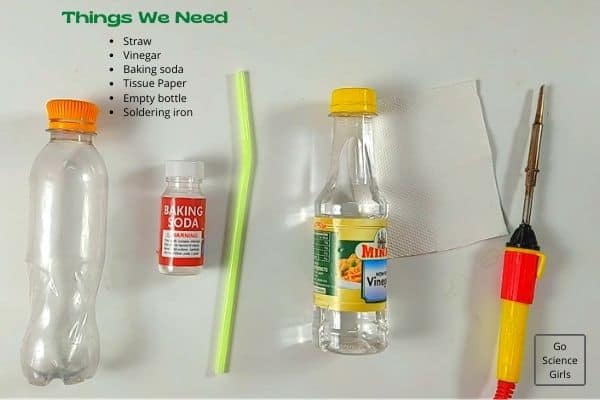
Directions
Discover the easy steps that create a steam-powered boat, which run by the chemical reactions happening between baking soda and vinegar.
Here is the Optional step: Decorate the empty bottle considering the horizontal angle to make it look like a boat.
Step-1: In the first step, keep a tiny hole to the empty bottle on its bottom side using soldering iron.
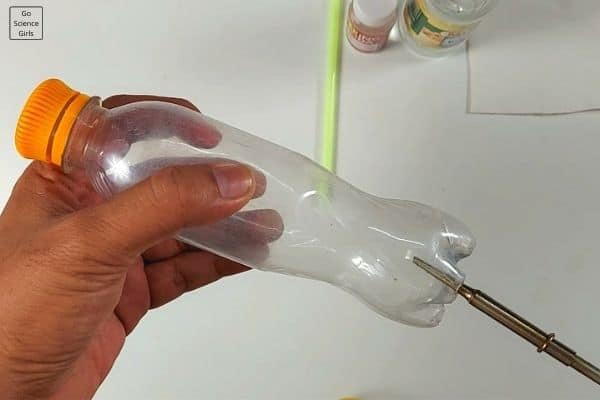
Step-2: Insert the straw into the empty bottle through the hole almost 3/4th part of it. And seal the gaps if any using hot glue. Make sure the straw is position at an angle so that vinegar would not get in the straw.
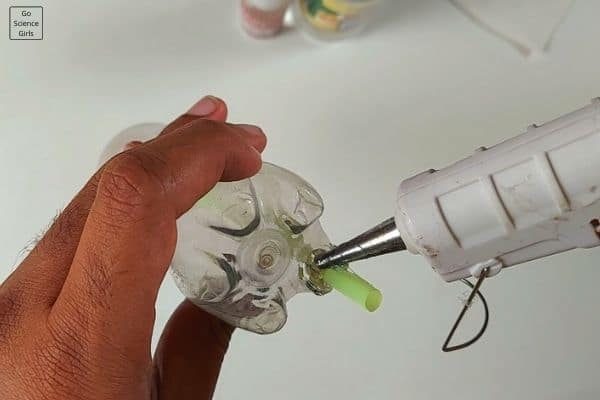
Step-3: The next step is to fill the empty bottle with vinegar and close the lid. The quantity of vinegar depends on the size of the bottle you take. Usually, one cup of vinegar is good enough to run the boat.
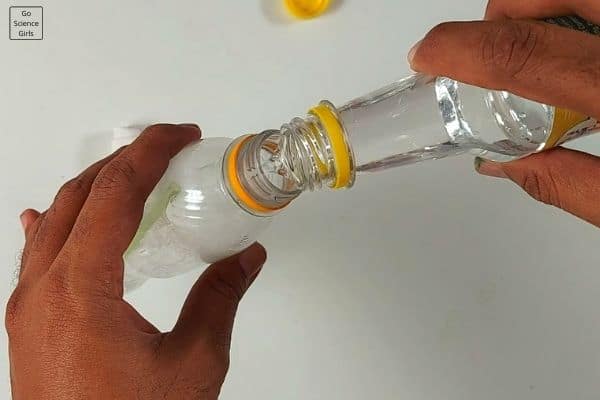
Step-5: It is time to put baking soda inside the bottle. Pack some amount of baking soda in tissue paper and roll it up to put baking soda inside the bottle. Immediately, close the lid of the water bottle after placing the baking soda packet.
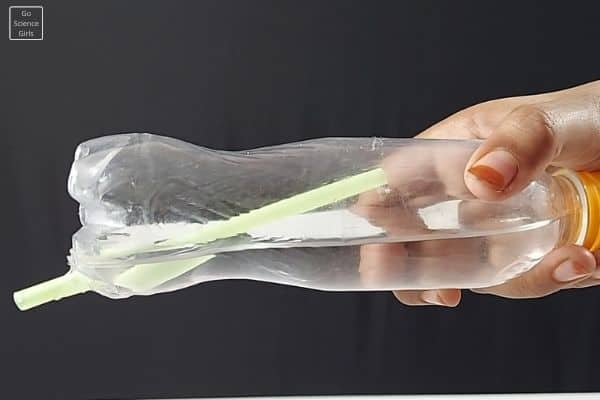
Step-6: Shake the bottle and slowly place the bottle set up into the large tub of water in a horizontal position. Make sure the outside of the straw is immersed in water.
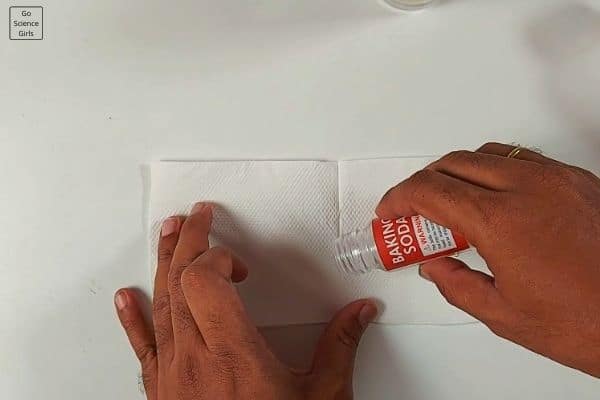
Step-7: You will see the bubbles inside the bottle after the chemical reaction between baking soda and vinegar. You can witness that the boat is moving in the tub with bubbles coming out of the straw end.

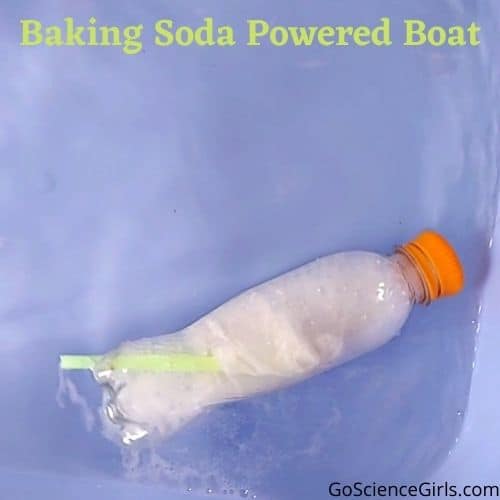
Science behind the Baking Soda and Vinegar Powered Boat
The baking soda once added to the vinegar initiates a chemical reaction. Due to the chemical reaction between vinegar and baking soda – carbon dioxide is released in the bottle.
Since the carbon dioxide gas doesn’t have anywhere else to go, the excess gas is released through the straw.
The straw attached to the bottle at the back side helps the gas to come out of the bottle. In the process of sending the gas outside the bottle, the bottle exhibits movement from its original position.
The baking soda and vinegar powered boat show its movement until the chemical reaction stops inside the bottle.
The release of carbon dioxide gas at backward direction creates the pushing force, which helps the boat to move in forward direction.
This is the same principle used in Jet engines and Airplanes where hot air is released in high pressure which makes the planes to move forward.
Related Experiments using baking soda and vinegar:
Impact of Baking Soda in Temperature
Baking Soda and Vinegar in Watermelon
Important Questions to discuss about the experiment
Discussing questions and answers about the experiment is always helpful for children to analyse the science behind it.
1) What are the forces acting on the boat and support its movement?
2) Find out whether there are any other possible forces that help boat movement on the water?
3) Discuss about how wind impacts the movement of boat.
4) Tell students about the type of chemical reactions happening between baking soda and vinegar.
5) What is making the boat move faster or slower?
6) Find out alternate ways and chemical substances that create chemical reactions to run the boat.
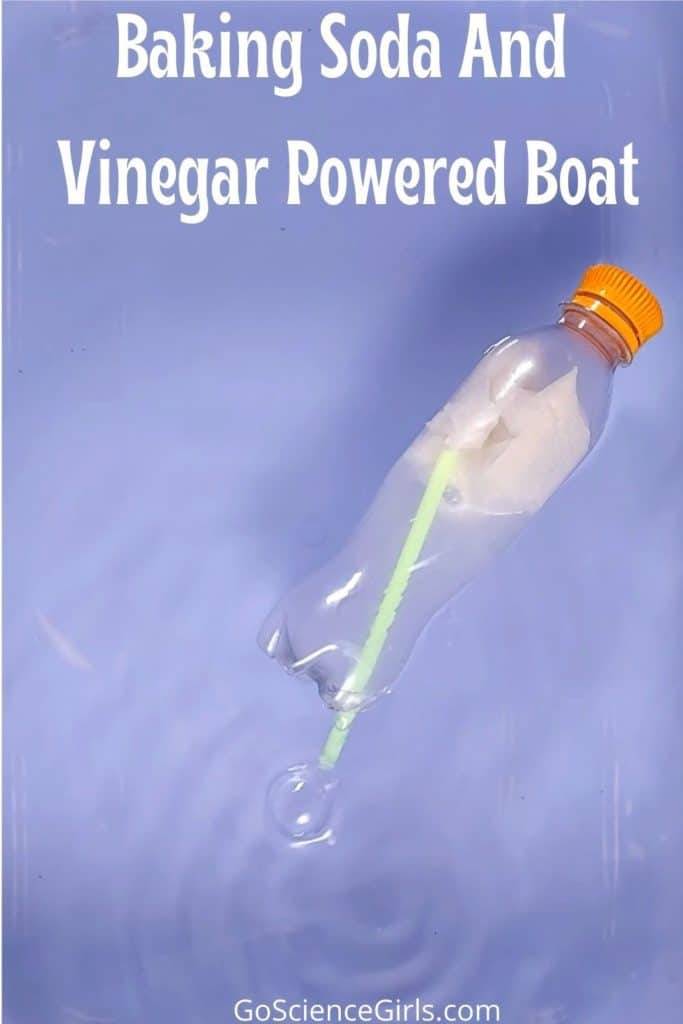
Extension Ideas
- Change the quantity of vinegar (either lesser or higher amounts) and find out its impact on the movement of the boat.
- Follow the same with the baking soda quantities and check the fastness of the boat.
- Check for other chemical substances that help to run the boat as effectively as baking soda and vinegar.
- Close the opening of the straw and run the boat. And discuss why there is no movement of the boat.
